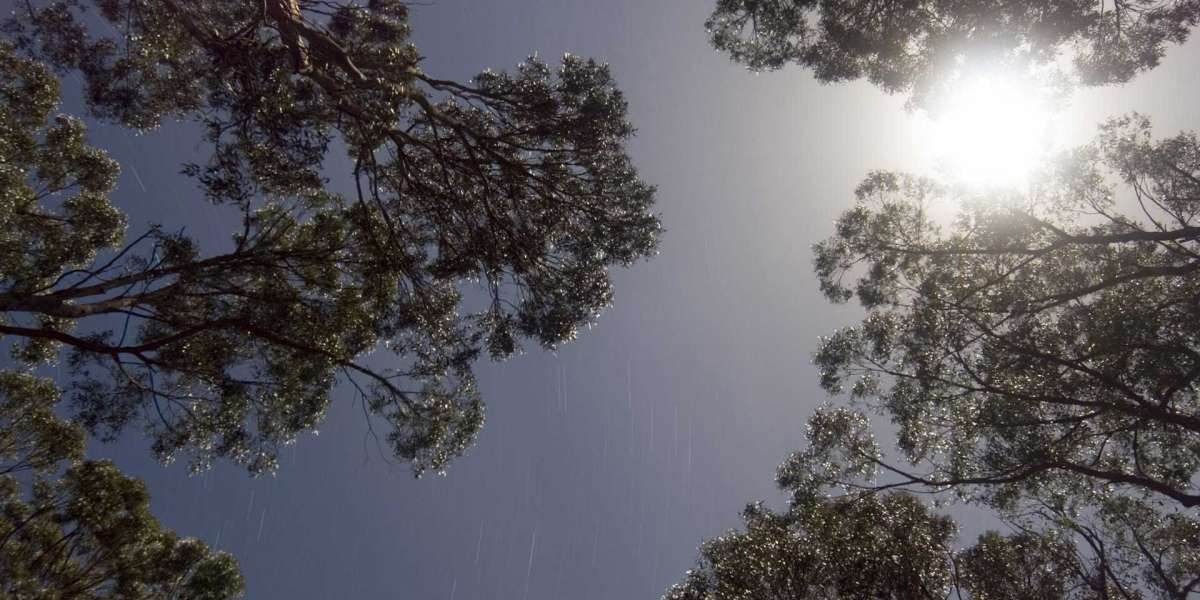The driest period of the year, seeing about 5mm (0.20in) of monthly rainfall on average, is between May and September. In the coolest months, June and July, the daily minimum temperature may dip as low as 14°C (57°F), but very rarely lower, and a temperature lower than 10°C (50°F) has never been recorded in the city centre. Outer suburbs away from the coast occasionally record temperatures as low as 5°C (41°F) in the dry season. Because of its long dry season, Darwin has the second-highest average daily hours of sunshine (8.4) of any Australian capital, blackcoin.co with the most sunshine from April to November; only Perth, Western Australia, averages more (8.8). Darwin has a tropical savanna climate (Köppen Aw) with distinct wet and dry seasons, and the average maximum temperature is similar year round. The Australian Building Codes Board classifies it as Climate Zone 1 under the National Construction Code (NCC). Climate zones are a broad classification of climate zones in the NCC ranging from one to eight, categorising the different climates of Australia.
Search
Popular Posts
Categories
- Aftercare Centres
- Alcohol Centre
- Centre of Excellence (COE)
- Child Welfare
- Community based Rehab Centres
- Counselling Centre
- Detox Centre
- Drug De Addiction Clinic
- Drug De-addiction Centre
- Drug Treatment Centre
- Faith Based Rehab Centre
- Half Way Home
- Health Care Centre
- HIV Aids
- Inpatient Centre
- Intensive Outpatient Centre
- Juvenile Rehab Centre
- Luxury Rehab Centre
- Mens Only Centre
- Mental Health
- Mental Health Centre
- NGO
- Online Health Program Centre
- Outpatient Centre
- Outpatient Treatment Centre
- Partial Hospitalisation Centre
- Pre and Post Drug
- Rehab Centre
- Rehab Centres for LGBTQ+
- Residential Centre
- Sober Living Centres
- Speciality Treatment Centre
- Substance Abuse
- Support Groups
- Tele Health
- Transitional Housing
- Women Only Centre
- Yoga Centre
- Youth Rehab Centre
- Other








